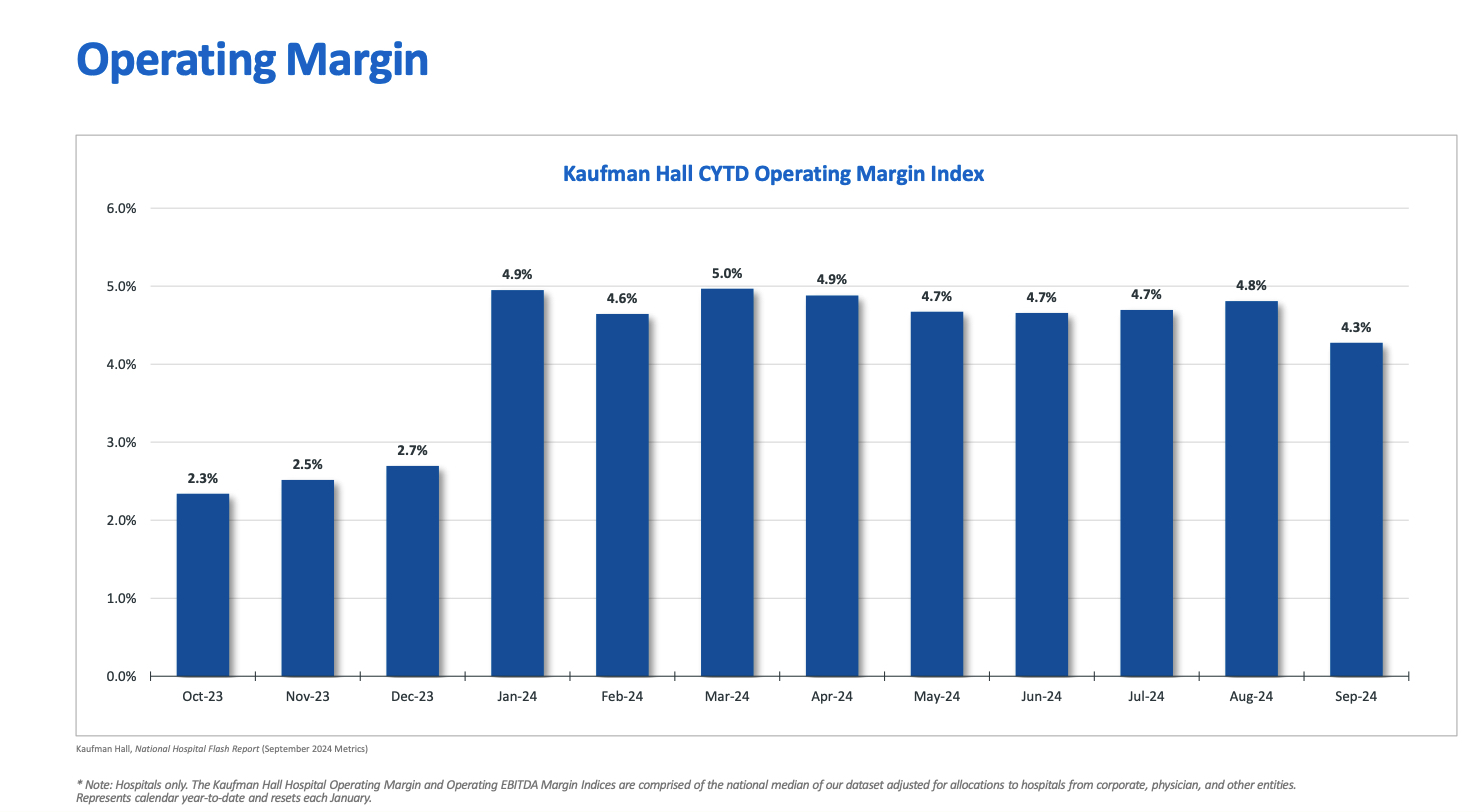
What You Should Know:
– Hospital and health system finances have shown signs of stability over the past year, but rising labor costs continue to put pressure on the bottom line, according to the latest National Hospital Flash Report and Physician Flash Report from Kaufman Hall. The data for these reports comes from Kaufman Hall’s National Hospital Flash Report, which analyzes data from over 1,300 hospitals, and the Physician Flash Report, which draws on data from more than 200,000 providers. Both datasets are sourced from Syntellis Performance Solutions, now part of Strata.
– The reports highlight the need for hospitals and health systems to actively manage expenses, particularly labor costs, in the face of rising healthcare expenditures and evolving patient needs. Rethinking physician employment models and optimizing operational efficiency will be crucial for maintaining financial stability in the long term.
Physician Labor Expenses Strain Medical Groups
The Physician Flash Report reveals that labor expenses, including physician and provider compensation, account for the vast majority (84%) of total expenses for medical groups. The median investment, or subsidy, per employed physician has risen to over $300,000 for the first time, signaling a potential challenge to the sustainability of current physician employment models.
Hospital Finances Show Signs of Stabilization
Despite the challenges posed by labor costs, hospital financial performance has shown signs of stabilization in recent months. While key indicators like volume and operating margin have slightly decreased, overall performance remains relatively consistent.
Shift Towards High-Acuity Inpatient Care
One notable trend is the shift towards more intensive inpatient care. Inpatient revenue has increased while outpatient revenue has slightly declined, suggesting that hospitals are treating a higher proportion of patients with complex medical needs.
